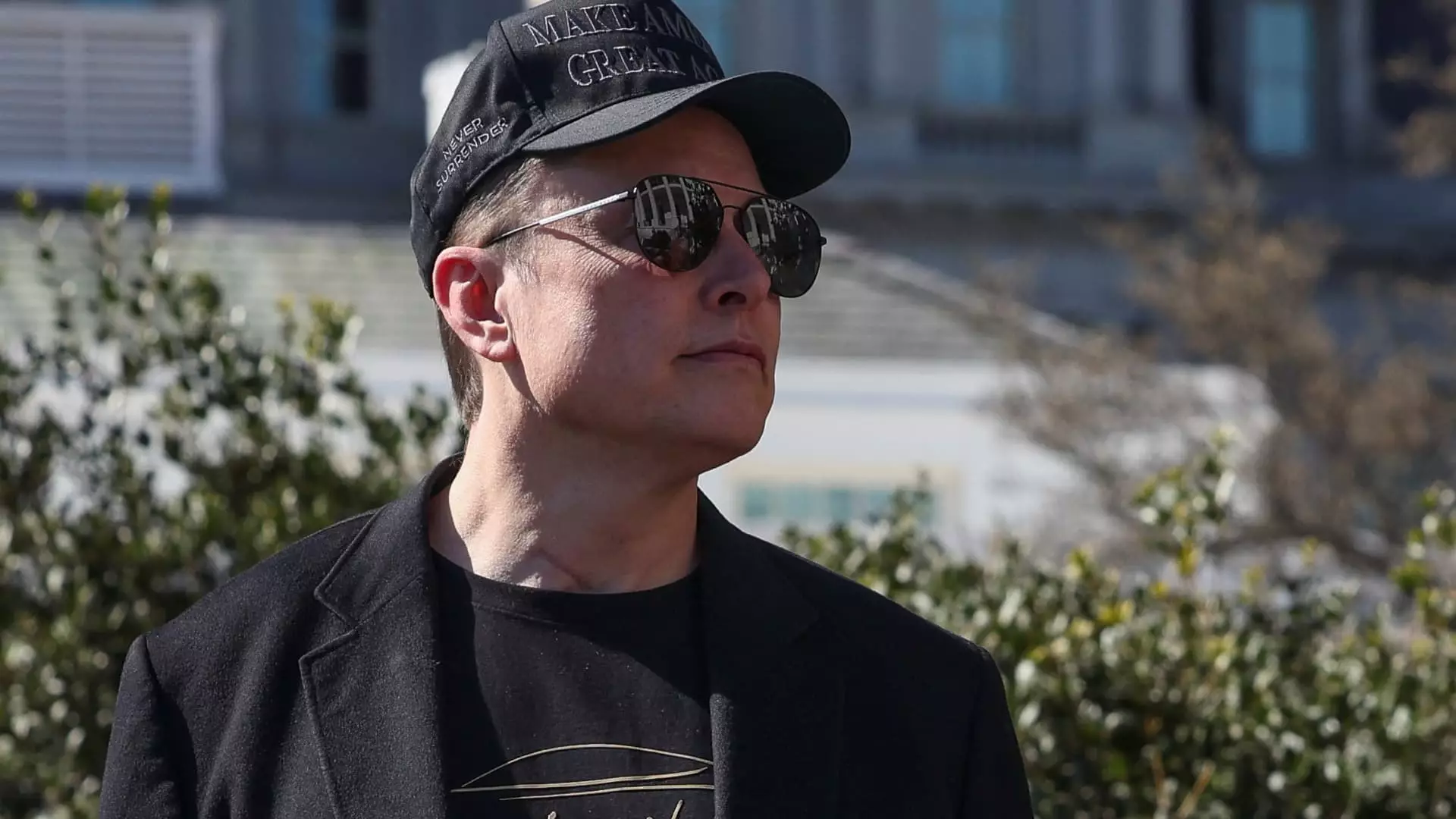Tesla’s latest earnings report paints a grim picture for a company that once epitomized innovation and growth in the electric vehicle (EV) market. The report revealed a staggering 20% decline in automotive revenue year-over-year, part of a broader trend that’s deeply concerning for both investors and enthusiasts of sustainable transportation. The automaker’s revenue dipped to $19.34 billion, a far cry from the $21.11 billion analysts had expected. This downturn raises critical questions about Tesla’s future trajectory, especially given the fierce competition emerging from lower-cost rivals in Asia and the ongoing global supply chain disruptions.
It’s not just about numbers here; these figures signify a culture shift in the company—a transition from being a market leader to struggling to maintain its position in a rapidly changing landscape. For many, this downturn feels like the crumbling of the Teslanomics dream, showcasing a harsh reality that can hit even the most tech-savvy corporations.
Leadership Challenges and Political Noise
It doesn’t help that CEO Elon Musk seems to be preoccupied with a variety of issues beyond Tesla, including his involvement in political maneuvers during an unpredictable administration. While he has positioned himself as a thought leader in the tech world, Musk’s attention seems fragmented at a time when the company needs focused leadership. His recent dalliance with controversial political figures and policies, including support for President Trump and his far-right agendas, raises eyebrows and creates deadweight for Tesla, affecting investor confidence.
The intertwining of business and partisan politics could lead to volatility that destabilizes Tesla’s marketplace position. Investors aren’t just buying into a car company; they’re investing in Musk’s vision, and that vision seems foggy when political controversies intervene.
Profitability Concerns: The Credit Dependency Dilemma
In a sign of distress, Tesla’s net income plummeted by an eye-watering 71%, with the company reporting just $409 million compared to $1.39 billion the year prior. This stark drop raises eyebrows concerning the company’s ability to maintain profitability without leaning heavily on environmental regulatory credits—a mechanic that can feel like a precarious facade of financial security.
During the last quarter, without the $595 million garnered from these credits, Tesla would have registered a loss in its automotive sales. This dependency on external incentives creates a troubling dependence that Wall Street generally views with skepticism. A company’s financial health should reflect its core operations, not rely on periodic credits to gloss over weaknesses.
Innovation or Stagnation? What’s the Verdict?
The ambitious plans Tesla laid out for AI projects and self-driving technologies have given some glimmers of hope amid a bleak earnings outlook. However, the timeline for these innovations often feels like an elongated promise that invites skepticism. With the company gearing up for its pilot program in Austin for driverless ride-hailing, the question looms: will these innovations come to fruition in time to regain momentum?
Furthermore, Tesla seems to lag in the burgeoning robotaxi market, currently led by Google’s Waymo. As competitors ramp up in presenting reliable, cost-effective solutions, Tesla’s ambitious plans could soon be relegated to mere blueprints, leaving the company scraping to catch up.
International Relations and Manufacturing Woes
Tesla’s international operations are increasingly jeopardized by political machinations and strains in global trade. Reports indicate that new tariffs and trade policies proposed by the current administration may raise production costs significantly, affecting everything from battery cells to manufacturing equipment. The potential increase in expenses runs counter to the company’s need to maintain competitive pricing in an era where cheaper alternatives are readily available.
The unpredictable landscape not only affects finances but could severely impact supply chains. Tesla’s heavy reliance on foreign suppliers necessitates strategic foresight and adaptability—a call to action that the company seems to be slow in answering.
Emerging Threats: Competition and Market Dynamics
Tesla’s first-quarter report highlights a dip in deliveries—a concerning sign that suggests it is losing ground in its dominant market. A 13% drop from the previous year signals weakening demand. Competing brands from China, which are not only cheaper but increasingly popular, serve as a stark reminder that complacency can lead to corporate decline.
If Tesla is to retain its status as the pace-setter in the EV revolution, it must strategically navigate this shifting landscape. Maintaining a focus on innovation while stabilizing financial performance is not merely optional; it’s essential.
Tesla’s journey reflects broader themes in the tech landscape, where complacency can lead to rapid obsolescence. What seems clear is that the current path of turmoil demands that Tesla not merely adapt, but also innovate with urgency. The stakes have never been higher.

